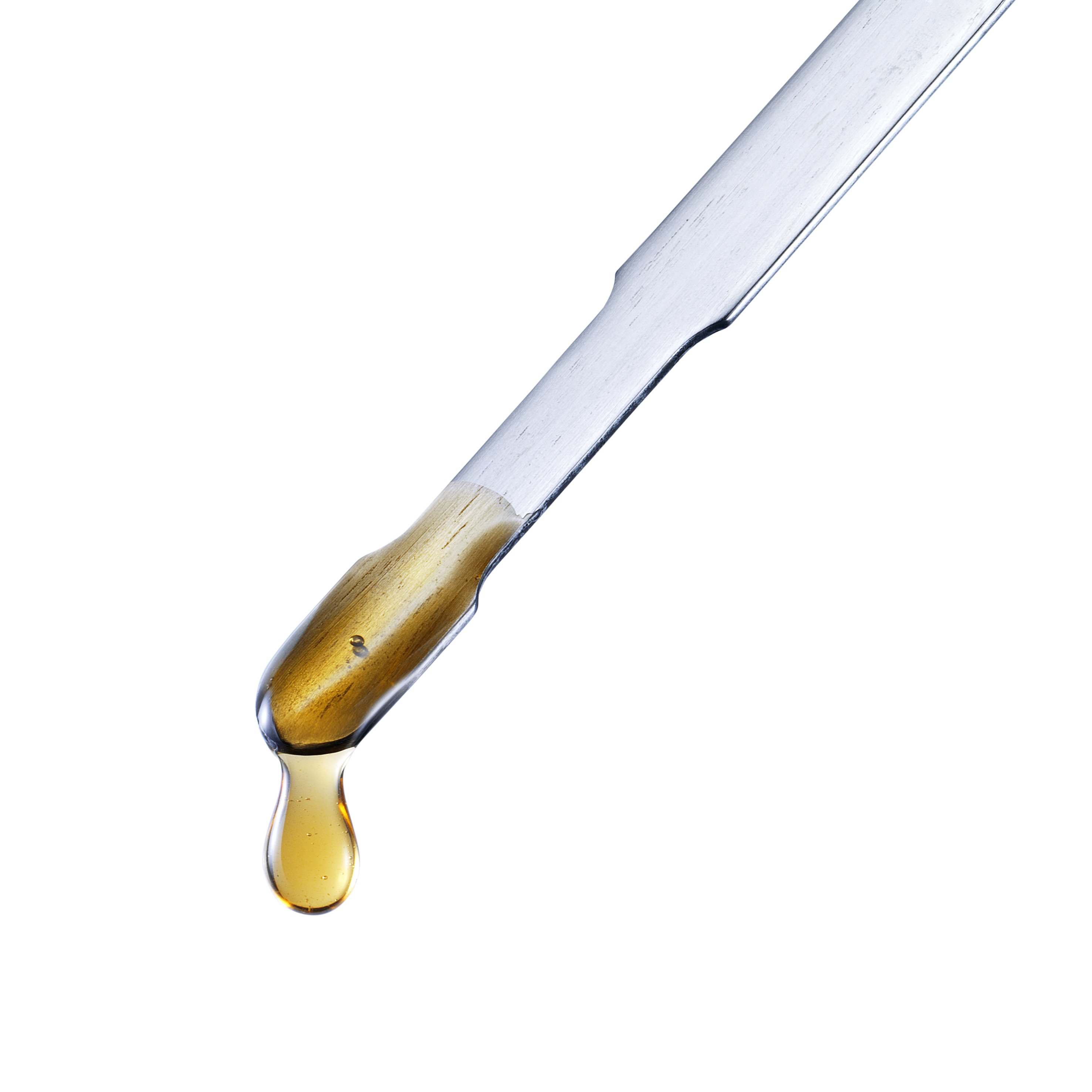Motor Oil 101: What Oil Is & Does

Motor oil is a lubricant created from base oils (mineral and/or synthetic) used to reduce the detrimental effects of friction and heat created inside internal combustion engines. The oil allows engine components to move more freely and smoothly, therefore, more efficiently. This means more power with less energy waste and less wear and tear on engine parts. Many refer to motor oil as the “lifeblood” of an engine.
Causes of oil degradation
Oil naturally deteriorates over time. This is referred to as thermal breakdown. The effective composition of the oil becomes compromised. It develops oxidation (a chemical reaction of oil molecules and oxygen) whereby it turns more viscous (thickens), while also accumulating varnish, sludge, dirt/residue and sediment, which are harmful to the engine and power train (transmission, drive shaft & differential).
Impact of chemical additives
To protect against premature oil degradation, most of today’s oil formulations include important chemical additives – such as anti-oxidants to inhibit rust and corrosion, detergents to keep engines clean, friction modifiers to reduce engine parts abrasion, stabilizers and more – designed to improve oil performance. These additives can extend oil life and drain intervals.
Importance of oil filtration
Oil filters also work to remove many dirt particles, contaminants and impurities in the oil. But filters also become clogged with extended use and lose their filtering effectiveness. For these reasons, automotive manufacturers recommend regular service and drain intervals (oil & filter changes). The timing and mileage can vary with different vehicles. So it’s always important to check your vehicle user’s manual for appropriate maintenance cycles.
Why Oil Standards and Certifications Are Important
Objective industry experts, the Society of Automotive Engineers (SAE) and the American Petroleum Institute (API), have established quality standards for the grading and classification of engine oils. These designations were established to protect consumers and help you to more easily identify products that meet or exceed acceptable performance measures.
Look for the seals of approval on product labels – both circular service-grade designation and “starburst” API seal certification.
Oils and lubricants are required to pass specified tests as part of the Engine Oil Licensing and Certification System (EOLCS) and the International Lubricant Specification Advisory Committee (ILSAC) in order to display these marks. It means that you can be assured of the quality of your oil and lubricant purchase.
Defining Common Motor Oil / Lubricants Terminology
Additives – Chemicals and materials that are incorporated into oil formulations to enhance certain protective functions.
API Classification – The designation by independent industry certifying bodies (i.e., American Petroleum Institute and Society of Automotive Engineers) designed to classify oils and lubricants by set standards.
Detergents – Additives designed to keep engine parts clean and free of contaminants.
Dispersion – The oil’s capacity to keep dirt and deposits suspended (avoiding buildup), so they can be removed in filtration or when drained and not collect in the engine.
Knocking – The sound associated with irregular or early fire ignition caused by improper oil-air mixture in the combustion chamber.
Lubrication – The slick-film surface coating of moving engine parts and machinery components for the purpose of reducing friction and wear.
Multi-grade - An oil that fulfills both low-temperature viscosity specifications – the SAE “W” number (W meaning Winter grade) and the 100°C viscosity limits of one of the non-W numbers, such as the “30” in 10W-30.
Monograde – Oils that meet only one viscosity grade. Typically not used in cold temperature applications.
Oxidation – Oxygen molecules in oil and lubricants or other compounds can cause a reaction that eventually creates oxide (rust) and corrosion of the metal parts with which it comes into contact.
SAE Grade - Designates the viscosity range of a crankcase, transmission or rear axle lubricant, according to systems designed by SAE (the Society of Automotive Engineers).
Shearing & Shear Stability – Shear refers to conditions of high stress exacted on oil and lubricants that can reduce viscosity. Shear stability is the oil’s capacity to resist the effects of shearing.
Thermal Breakdown – Degradation and decomposition of the beneficial, protective properties of oil and lubricants due to exposure to heat and oxidation over time.
Viscosity – The thinness or thickness of oil when pouring or when flowing through an engine.